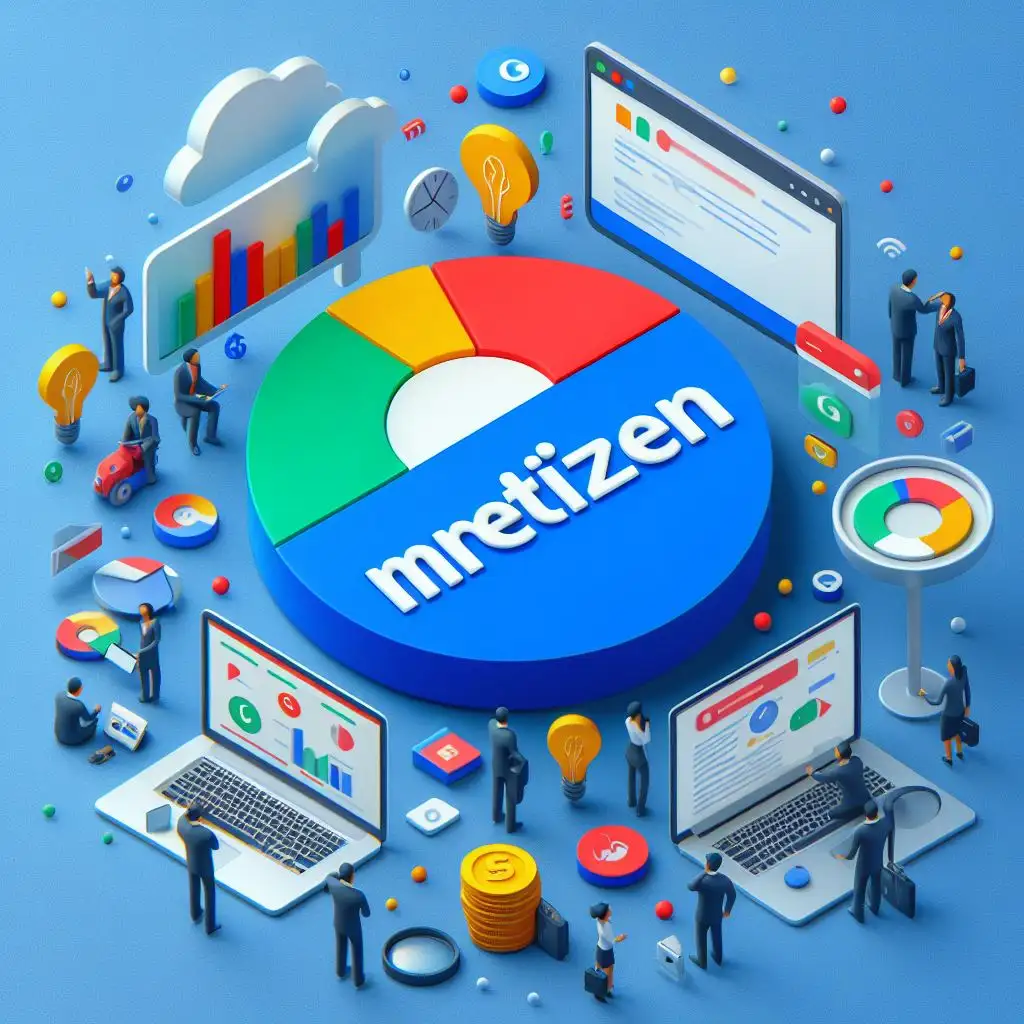In today’s fast-paced job market, adapting to career changes is essential. Discover strategies to thrive during transitions, from continuous learning to personal branding. This guide offers practical tips to stay competitive, build resilience, and seize new opportunities in a rapidly evolving professional landscape.
How to Navigate Career Transitions in a Rapidly Changing Job Market
Introduction
The market for job seekers today is proving to have never experienced such a drastic turnaround. Technological changes, shifts in the economy, and changes in clients’ needs are having an impact on shaping industries and the positions people hold in them. The careers that planned us for a lifetime of happy, stable employment may now be obsolete, and those that didn’t even exist five years ago are at our doorstep every day. As organizations today are constantly evolving because of changes in technology, purpose, and goals or due to self-development, professionals today should be prepared for change.
Managing change in one’s career path is now an art in itself. To some people, these changes are strategic steps towards personal and career progress; to other people, those changes might be reactions to job loss or decline in the industry. Whether the motivation is to make a profit, gain recognition or both, the process needs a good plan. Personal knowledge management, relationship building, and personal promotion cannot be considered as extras anymore but as necessities. Laid out here are useful techniques that can aid in managing change in regard to productive careers, with an understanding that education is an equation of persistence. When either practising in your specialty or considering new professions altogether, these facts will set you up to confront such dynamics comfortably, and they will lead to enduring fruitful careers.
Understanding Career Transitions
As they transition through their careers, people experience a wide range of change steps, each of which has its own difficulties and perquisites. The knowledge of these stages might help you to be ready for the changes that are awaiting you.
Types of Career Transitions
1. Lateral Moves: A change of position or employment at the same rank in the same or another organization. This transition can provide new encounters without feeling the responsibility or the salary.
2. Promotions (Vertical Transitions): Taking on positions at the next organizational level, usually with increased authority, increased remuneration package, and a larger sphere of operations.
3. Industry Shifts: It is common to jump from one industry sector to another for example, changing from retail to technology. Indeed, some of these shifts call for new knowledge and skills to be learnt.
4. Career Pivots: Made a major transition from a technical profession to a non-technical one. This usually comes in the form of changing one’s passions and corresponding work opportunities.
5. Entrepreneurship: Saying goodbye to the corporate world to become an entrepreneur or to work on your own, with all its percentages of success and failure.
Why More People Are Changing Their Jobs
Several factors contribute to the growing frequency of career transitions:
• Technological Disruption: Robotic process automation and Artificial Intelligence are changing the perspective of organizational duties and roles and are diminishing some of them.
• Globalization: Given that various economic transformations and competition across the world affect jobs and industries.
• Changing Workforce Dynamics: The millennials and Generation are more flexible and purposeful and prefer work-life balance, hence changing their careers more often.
• Economic Uncertainty: So, fluctuations in the number of jobs can be due to recessions, fluctuations in industry demand or organizational restructuring.
The Role of Continuous Learning
As most employment areas are becoming unpredictable, renewability is the key to success in any available job market. It empowers working professionals with the knowledge that enables the competition of today
Why the Continuous Learning Approach is Important
1. Keeps Skills Current: Therefore, as industries mature, they undergo changes, and so do the specific skills necessary for the industries. It is an effective way to always be informed on the various tools that are available, or the trends in the industry as well as the current available technologies.
2. Enhances Employability: There are potential benefits to be listed, such as developmental employees and a focus on learning and flexibility.
3. Fosters Career Growth: Lifelong learning creates opportunities for development and allows you to assume various positions in your lifetime.
Forms of Continuous Learning
• Formal Education: Enrolling in programs that seek academic credentials in relatively new disciplines.
• Online Courses and Webinars: These include the Mohon courses on Coursera, Udemy, LinkedIn, and other online learning sites.
• Professional Development Workshops: Specialist training sessions typical for an industry let learners practice and identify other professionals in their field.
• Self-Directed Learning: Any type of learning such as reading books, podcasts, or watching instructional videos.
• Mentorship and Coaching: Being able to listen to other people and what they can offer, specifically experienced working professionals.
Lifelong learning tips and what you can do to incorporate this into your everyday lifestyle.
1. Set Clear Goals: State what other abilities or information one requires for one’s preferred kind of job.
2. Create a Learning Schedule: Spend time on the skill improvement in the week’s schedule.
3. Engage with Learning Communities: Make an effort and participate in discussion groups so they can exchange information with other people and learn new material.
4. Apply What You Learn: To enhance your knowledge, put your newly acquired skills into practice in real-life assignments or role plays.
How can personal branding help to manage career changes?
Personal branding is your professional image. It introduces you to employers, colleagues or clients to whom you are introducing yourself as a knowledgeable, skilled, hardworking, professional individual possessing expertise in certain areas. Changing jobs or during a career shift only helps to have a robust image under which to work.
Brand Self-Promotion and Brand Management
1. Online Presence: It is crucial to make a LinkedIn profile represent you, your accomplishments, objectives, and your personal work ethic. Summarize it well, present the main achievements, and invite people to endorse your skills.
2. Thought Leadership: You can partake your knowledge in the form of a blog post, an article, or through a post on the various social media platforms. To become an expert in your field, you should contribute to discussions within your specialty line.
3. Networking: Increase your networking by attending industry meetings and informative presentations, online conference calls, and affiliation groups. Lastly, getting acquainted with people of power will lead to other opportunities.
4. Consistency Across Platforms: Your message should be consistent from your resume to your Linked Profile page and Twitter page.
Advantages of an Effectively Established Personal Brand
• Increased Visibility: If you have built a great personal brand, you’re likely to catch the eye of recruiters and other industry players alike.
• Enhanced Credibility: Stakeholder participation in the sharing of pertinent information and membership in opinion leaders’ forums repositions companies as authorities in the market.
• Greater Career Opportunities: Having a strong personal brand must result in job offers, speaking engagements or collaboration calls.
Strategic Networking
Don’t underestimate the importance of networking during the job hunt and in any transition. The right connections are important since they are likely to offer special information, recommendations, and chances that are not elsewhere to be found.
Why Networking Matters
1. Access to the Hidden Job Market: Quite a number of vacancies are filled through recommendations before they are posted.
2. Industry Insights: Networking helps you be updated on the new trends and new ideas happening in the workplace.
3. Support System: Support helps to find like-minded people who provide commendation during such a period and also offer guidance and support in the form of role modelling.
Effective Networking Strategies
1. Leverage Existing Connections: contact old friends who were colleagues or classmates or had a teacher or professor in common. Let them know your line of work and any goals you have in mind, and ask for their opinion.
2. Attend Industry Events: Attend a conference, seminar or meetup, and this will give a professional an opportunity to meet other professionals in the same field.
3. Join Professional Organizations: Join relevant industrial associations to increase contacts.
4. Use Social Media: Direct message with professionals on sites like LinkedIn using comments on walls and shared articles, and individual invites.
5. Offer Value: Networking is not a one-way business, it effectively means a symbiotic relationship. Be ready to help, advise or introduce people within the network to the appropriate persons.
How to create resilience & adapting ability
Changes of jobs and courses are generally accompanied by some risks and difficulties. One has to have endurance and the ability to adapt to these changes if he/she is to go through these changes a successful person.
Developing Resilience
Resilience simply defines the capacity to bounce back quickly from adversity. That is how it assists you in keeping your attention and drive when things go wrong.
1. Embrace a Growth Mindset: Take the problem as an assignment that you have to complete find a way to learn something from it.
2. Practice Self-Care: Fitness is important in creating stability. That is, employment of physical activity, proper diet, and adequate rest as the sources of stability.
3. Seek Support: Use support systems; talk to friends or family or see a professional about what is bothering you and how you feel.
4. Reflect and Learn: Leadership mentoring: turnover and other adversities should be analyzed to identify areas that need to be corrected in future.
Cultivating Adaptability
Flexibility makes it possible for you to cope with change and be ready to take it.
1. Stay Open-Minded: Make yourself able and ready to go beyond your comfort zone in terms of the field, job type or industry, or even the methods used in one’s work.
2. Experiment and Take Risks: Join new tasks or apply for positions to learn new things and avoid staying in one sphere too long.
3. Stay Informed: Adopt flexible working ways and observation of change in industry and advanced technologies to envision such changes.
4. Be Proactive: Be a proactive risk-taker, which means going out there and looking for a chance or solving a problem before it becomes an issue.
Application of IT Resources
It is noteworthy that technology is instrumental in a career change. Out there, there are many resources aimed at assisting people in their professional lives, be it search engines to look for jobs or websites for personal growth.
Tools for Career Development
1. Job Portals: It is conceivable to join the ranks of thousands of participants who obtain job offers on several websites, including, but not limited to, Indeed, Glassdoor, and LinkedIn.
2. Resume and Cover Letter Builders: As we will be creating our application documents, anyone can make use of websites such as Zety and Novoresume.
3. Skill-Building Platforms: Websites like edX, Coursera, Skillshare and others provide courses that will help to improve one’s skills.
4. Career Assessment Tools: StrengthsFinder and Myers-Briggs are the tools that allow for identifying strengths and preferences.
5. Networking Apps: Applications like Shapr and Meetup help you to find people you want to network with in your area.
Optimizing the Gains of Technology
1. Optimize Your Profiles: Also make sure personal branding on sites such as Linked In as well as other professional social networking sites include current info and be relevant to future goals.
2. Set Job Alerts: You can also apply for a job and use the portals to get updates whenever related job openings are posted.
3. Participate in Virtual Events: A number of seminars and forums have become virtual or held remotely, which is convenient.
4. Leverage AI Tools: AI can assist the user by providing the best possible jobs suited to the user as well as advice in career choices.
Creating a Career Transition Plan
Career change is all the more manageable when it is approached systematically rather than haphazardly.
Broad Strategies for Designing a Career Transition Plan
1. Assess Your Current Situation: Find out your skills, limitations, passions, and beliefs.
2. Set Clear Goals: Find out what you want to gain in the next step in your career plan.
3. Identify Skill Gaps: Find out which skills and knowledge are required for the job or area you are interested in.
4. Develop an Action Plan: Be specific in your action plan, which may include things like enrolling for courses, rewriting your resume, and getting to know more people.
5. Set a Timeline: Ideally, provide a timeline for each of the goals to plan for how they shall be accomplished within a given time.
6. Monitor Progress: Consider it best to revisit a plan as often as possible in order to incorporate emerging feedback over the same plan or other changes that may occur.
Conclusion
The future will bring inevitable changes in working conditions, and as a result, the need to change career paths will become a common trend in the modern world. They are also not easy to carry out but are good chances for personal as well as career advancements. When it comes to the long-term career journey and destination, focus on the process of practising lifelong learning, brand development, networking, and personal resilience, which will enable you to keep adjusting the course and switch to the right track effortlessly. In general, the approaches presented in this guide will be essential both for those who are always on the lookout for new opportunities and for those who need to respond to changes in the job market that have come unexpectedly.


























